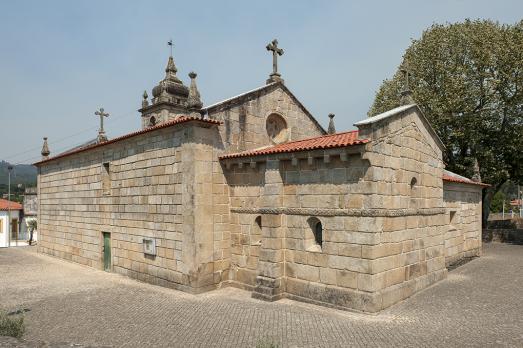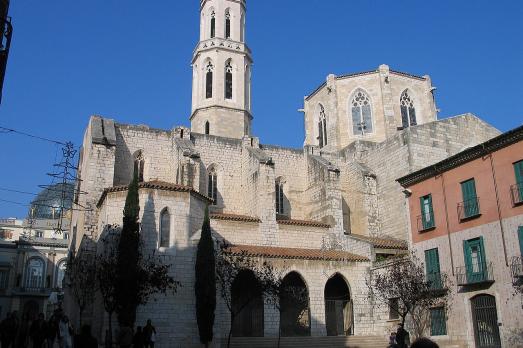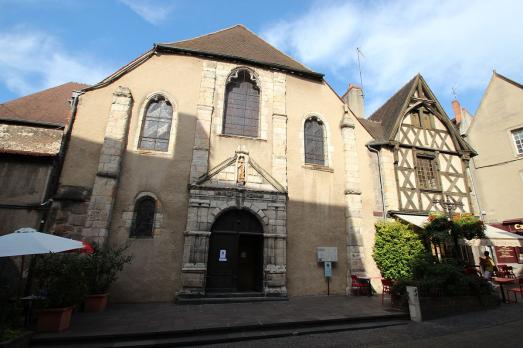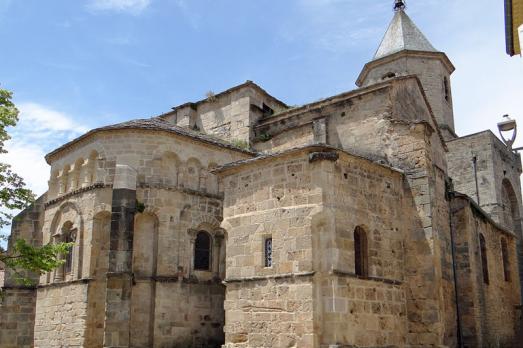
Church of Saint Peter of Abragão
Penafiel, PT
Only the chancel of the Church of Saint Peter of Abragão maintains the Romanesque style. In 1105 the existence of "Sancto Petro de Auregam" was already documented. The 13th century Church is the result of an initiative by Princess Mafalda, daughter of King Sancho I and granddaughter of King Afonso Henriques. The exterior resembles the Romanesque design of the Monastery of Paço de Sousa due to its Visigoth and Mozarabe-influenced frieze [6th-8th centuries]. Inside, the elements that comprise the cross arch bear resemblance to the Romanesque art of the Baixo Tâmega, namely with the main portal of the Monastery of Travanca in Amarante. Archaeological findings in 2006 concluded that the main portal of Abragão, no longer in existence, would have been very similar to the one in the Church of Saint Genesius of Boehle. The main façade and nave underwent reconstruction works in the second half of the 17th century. From the same period is the Mannerist altarpiece with paintings of Saint Andrew, Saint Mary Magdalene, Saint James and Saint Martha.














